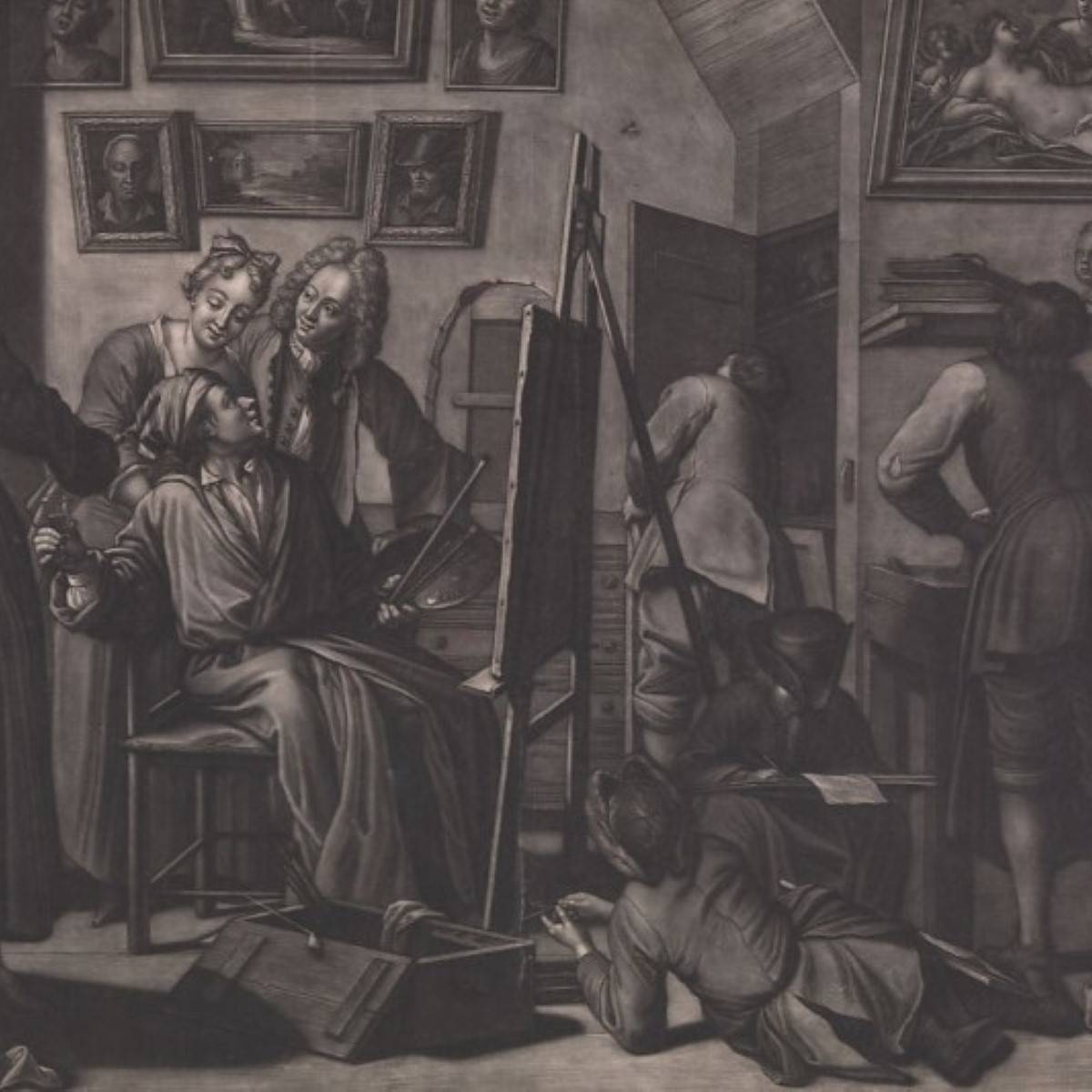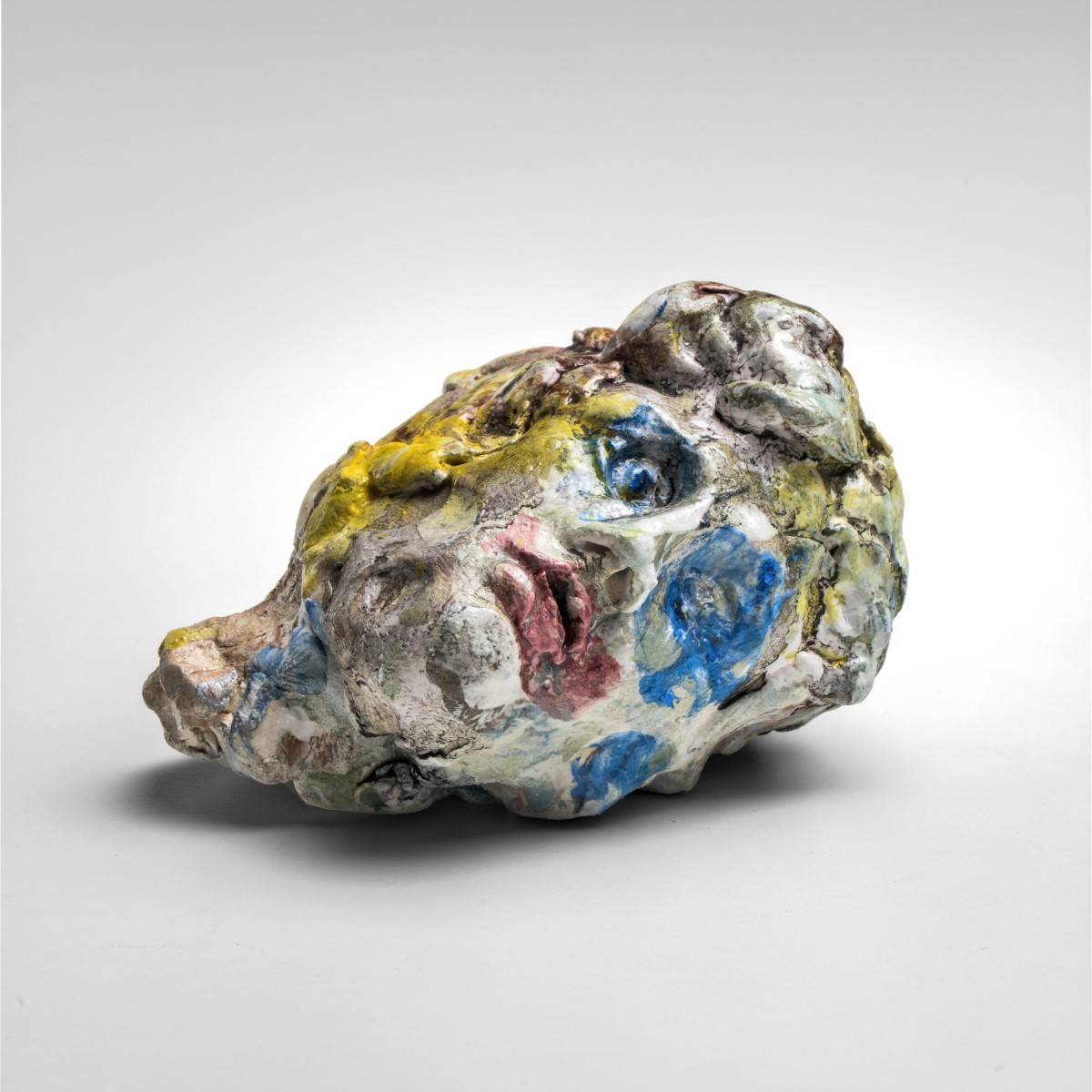Cultural Capital: How Curators Make Prestige
New York artworld sociologist Hannah Wohl examines the role of curators in the contemporary art ecosystem, and decides that they are the highest status gatekeepers.
Words: Hannah Wohl
In November 2022, ArtReview released its most recent Power 100 list, ranking the most influential people in the art world today. The top ranking went to ruangrupa, an Indonesian-based artist and curatorial collective who curated the 2022 Documenta 15. The second ranking went to curator Cecilia Alemani, artistic director of the 2022 Venice Biennale. Why do curators wield such power in the contemporary art world and how do they shape the circulation and reception of artists’ work?
In my book, Bound by Creativity: How Contemporary Art is Created and Judged, I explore how different players in the New York City art world make decisions about how to produce and circulate contemporary art as well as how they interpret the meaning and value of this work. Curators play an essential role in these processes, particularly in the production of prestige. Through the inclusion of artists’ work in museum exhibitions and collections, curators provide not only visibility, but also what sociologists call “status signals” – symbolic badges indicating high quality. Status signals are especially important in the contemporary art world, because there is no objective criteria for quality. A work of art can be potentially anything – a urinal, a banana taped to a wall, a blank canvas – and nothing inherent in these objects themselves make them good or bad art. In the absence of objective quality, art world actors must step in and publicly proffer their judgments, sending status signals in the form of prices, reviews, gallery representation, museum acquisitions, and so on. No single status signal is powerful enough to make the career of an artist, but when status signals accumulate, they indicate a consensus in the art world that an artist’s work is good. This consensus is important because it gives people the confidence to invest in that artist’s work, as when a dealer offers to include the artist in a gallery exhibition or when a collector purchases the work. When these acts are publicly communicated, they become additional status signals that further buttress the artist’s career.
Curators are especially good status makers. Unlike artists, dealers, and collectors, who directly profit from selling and buying artwork, curators are buffered from these economic transactions, as they typically derive salaries from art institutions or are paid as freelancers per exhibition. They can cast their aesthetic judgments as pure and uncorrupted by monetary influence. They also can claim expertise, as most have master’s or doctoral degrees in art history, curatorial studies, or museums studies. Finally, their choices represent not their own idiosyncratic tastes, but the needs of the institution that they serve. Collectors try to choose works that they think fit within the distinctive vision of their collection and that they hope will increase in economic value. In contrast, curators present potential acquisitions to the museum acquisitions committee, and they argue for each work’s historical importance and fit within the collection.
Artists, galleries, and collectors are highly motivated to sell and loan works to museums. When a museum wants to purchase a work, the artist’s gallery will usually offer the work at a discount much higher than the typical ten to 15 percent discount that repeat collectors receive. The higher status the museum, the steeper the discount. The acquisition itself is often more valuable to the artist than the money received in the sale. Even temporary exhibitions are important status signals that artists publicise and record on their curricula vitae, cementing the artist’s reputation and potentially increasing the price point for the artist’s oeuvre. When loaning works, galleries and collectors both benefit financially and are seen as responsible patrons of the artist’s career and creative vision. Furthermore, they cast these loans as philanthropic acts, as the works are made visible for public appreciation.
In order to choose works for acquisition and exhibitions, curators need to be able to find them. Curators pride themselves on their networks. They seek relationships with those who they view as having an on the ground perspective of the art world, especially artists who might lead them to the studios of emerging artists. Curators also foster top down relationships with galleries and collectors, whom they rely upon to loan works for temporary exhibitions. Curators often have specialised knowledge of certain genres and artists, and they keep tabs on which collectors, galleries, and institutions currently possess these works so that they can be retrieved when necessary. Curators are high-status gatekeepers, but they are ultimately dependent on their network to supply the works.
Curators not only influence which works become visible to the public and the respective prestige endowed to those artists, but also how those who view the exhibition interpret the meaning of artist’s works and creative vision as a whole. Curators view their role as translators for the museum-going public, whom they expect will have varying degrees of knowledge about the artist’s work. They spend months, if not years, selecting works for an exhibition, negotiating for the loans of these works, and crafting the written narrative of the exhibition to be published as a catalogue and on the museum walls. Curators seek to tell a story that traces the creative trajectory of an artist or genre over time. This generally entails including a painstakingly selected group of works that include both more and less iconic works.
As Paulina Pobocha, curator at the Museum of Modern Art in New York, stated during our interview, “You don’t want it to be only the greatest hits. But the greatest hits are those for reasons, so you would want to include them, but you tell a richer story by including lesser-known objects.” In displaying these works and describing their significance to the overarching creative vision, curators not only make more and less iconic works visible to the public, but also solidify these works as more or less iconic in the eyes of the public.
Positioned as economically disinterested art experts, curators are endowed both with the authority to confer prestige upon and communicate the meaning of contemporary art. In doing so, they help stabilize the uncertain value of contemporary art.
Photo courtesy: Robin Schreiner.
This article was originally published in Art Collector issue 105, July to September 2023.







